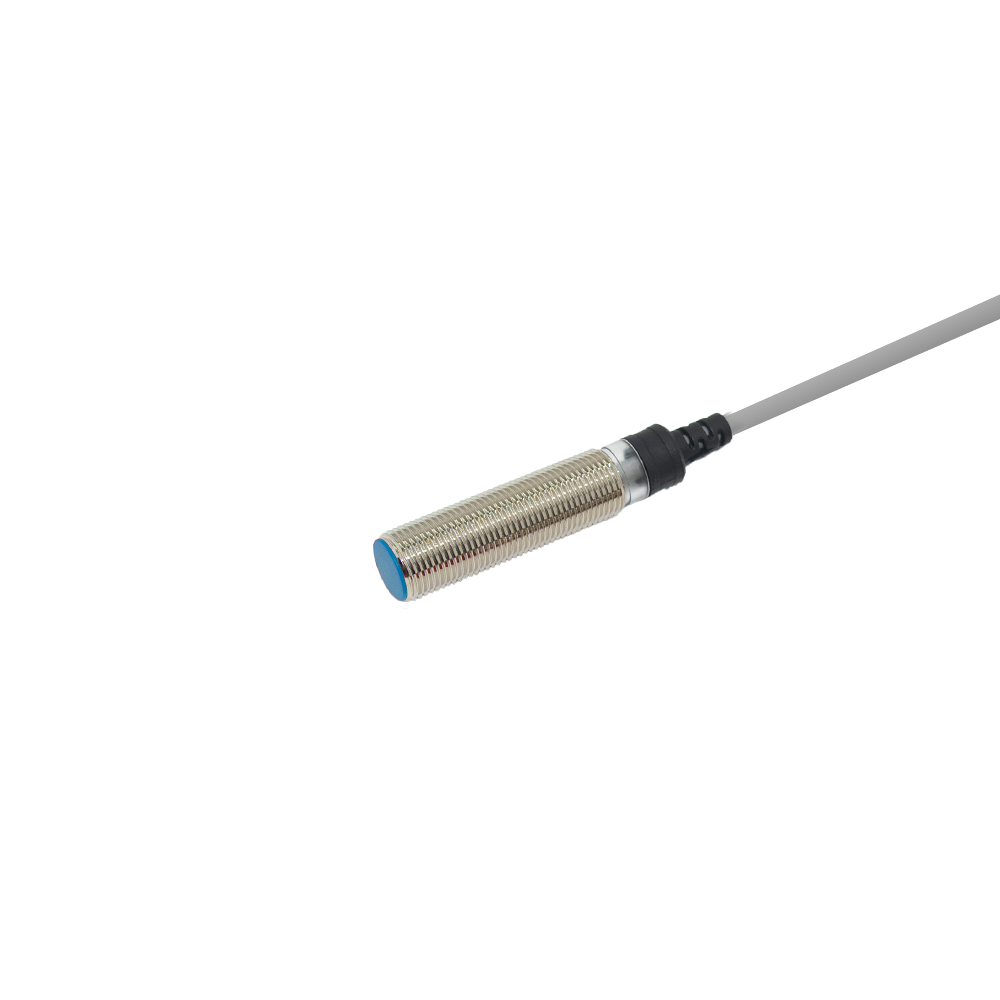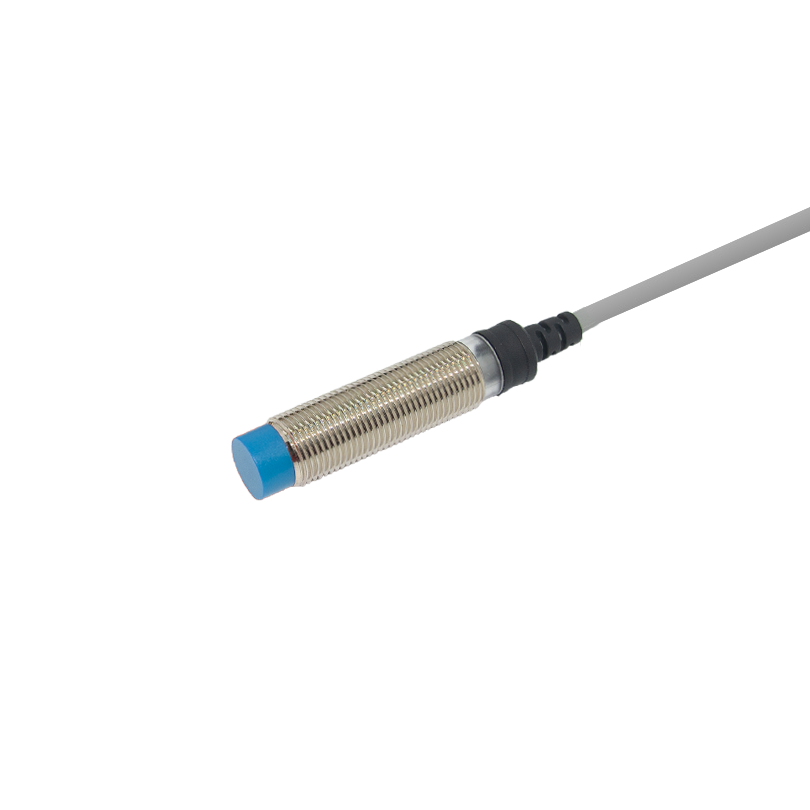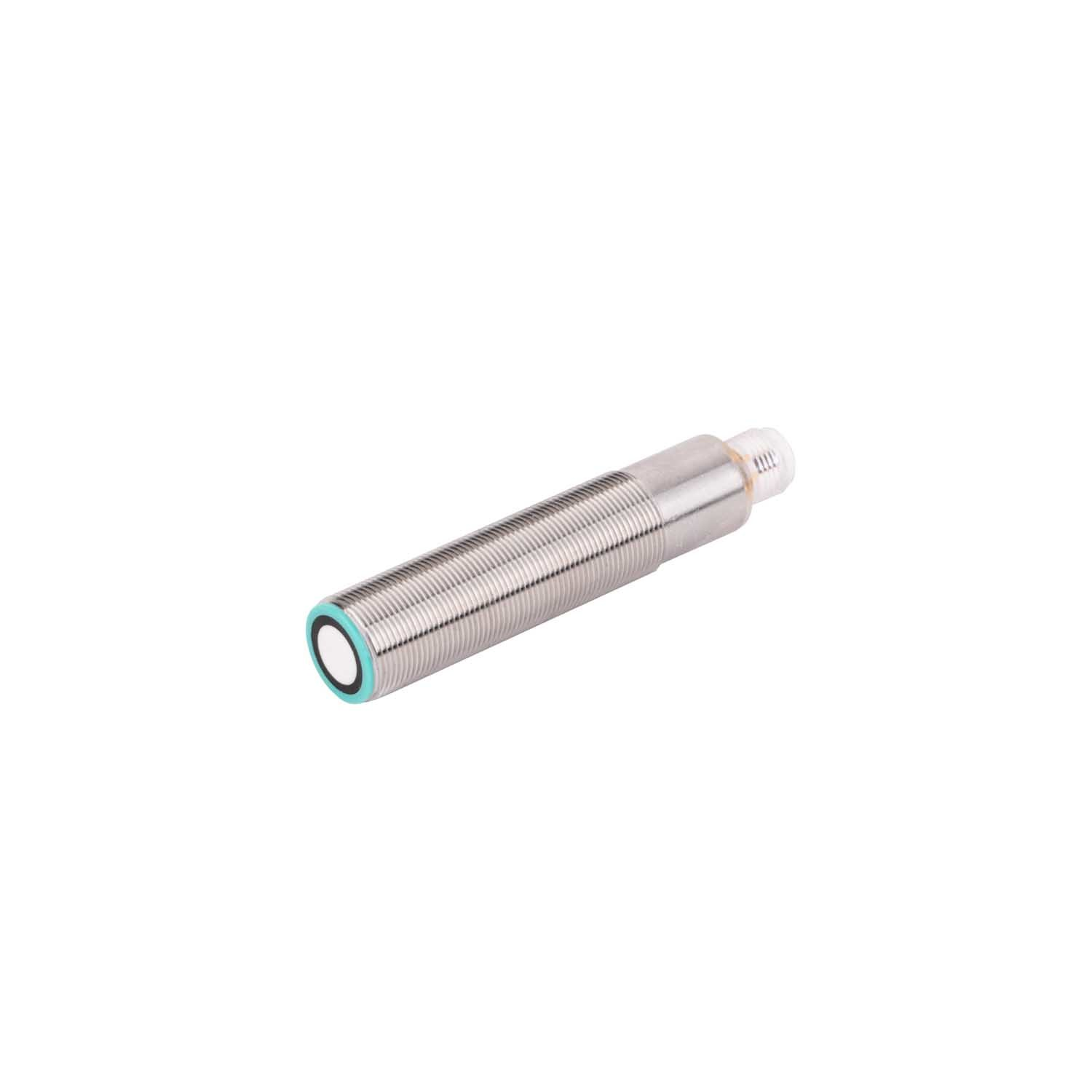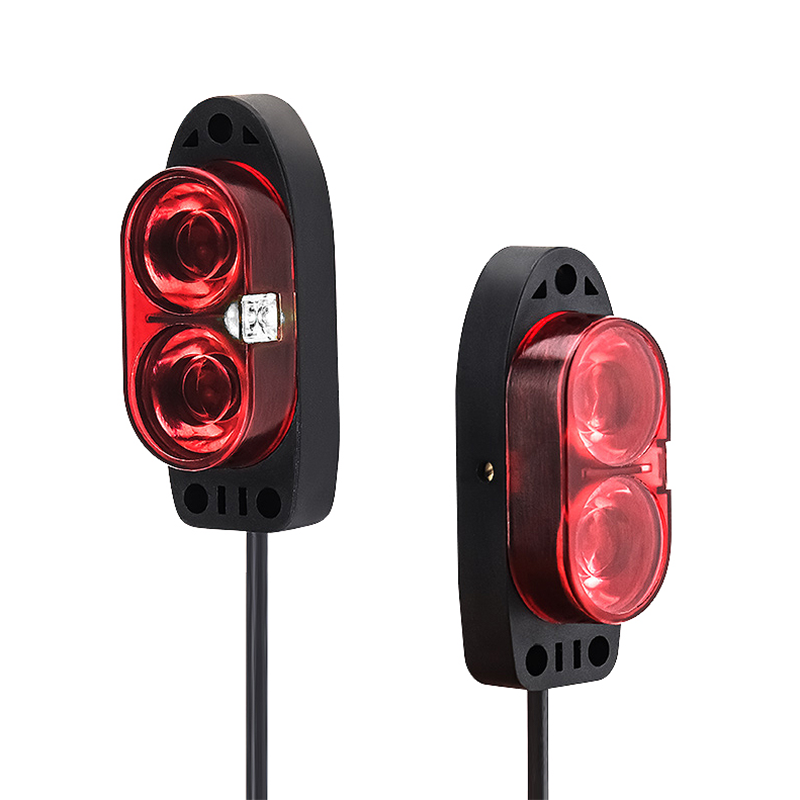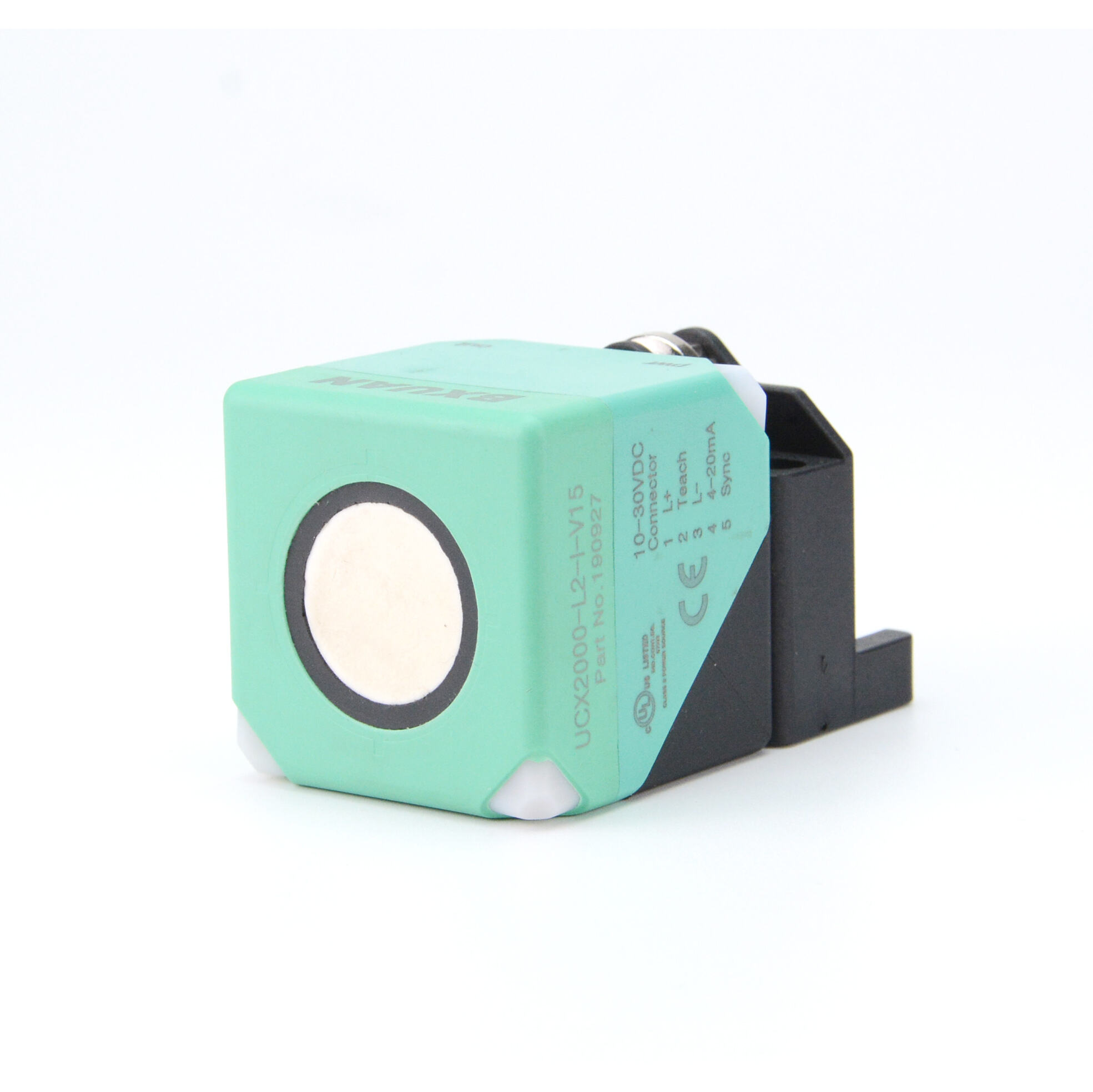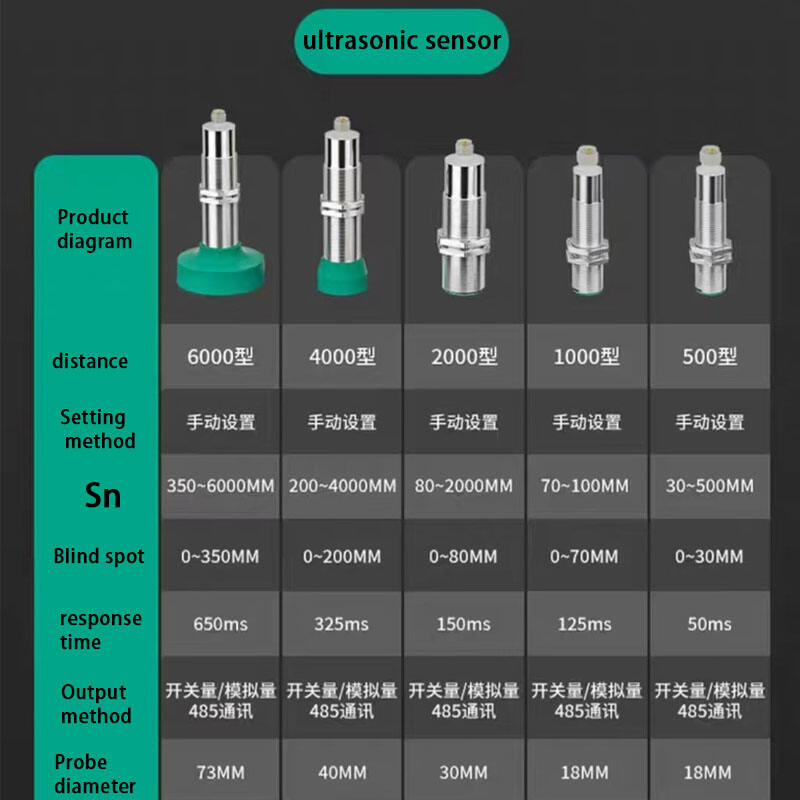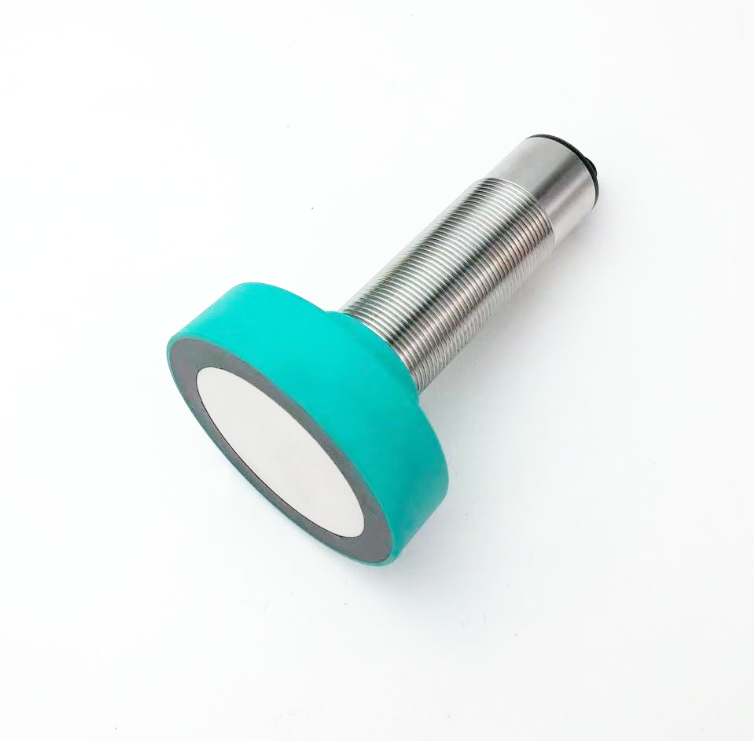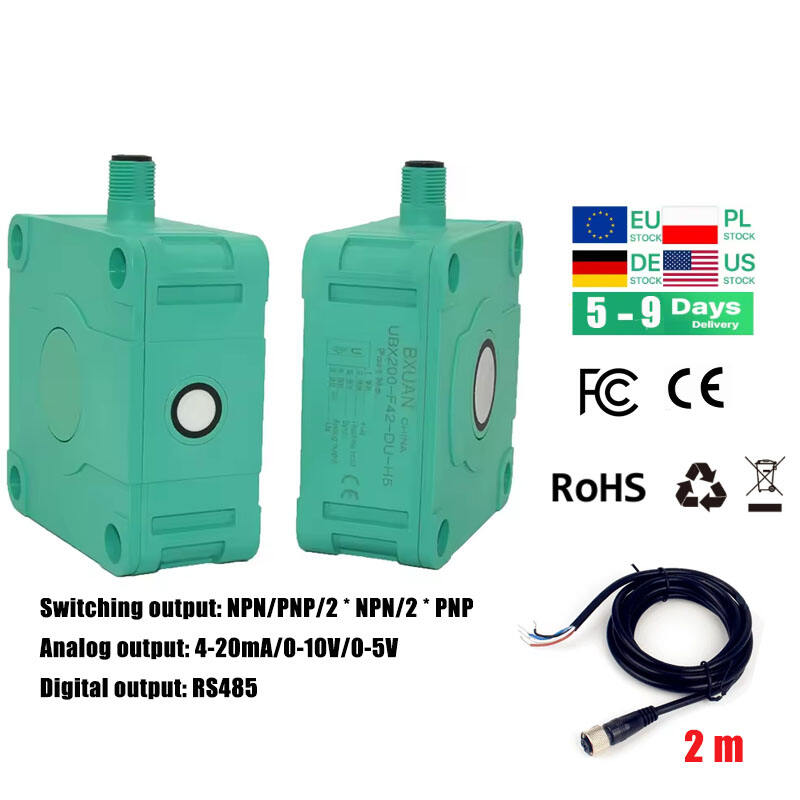ultrahangos szenzor robotnavigációhoz
A robotikai navigáció ultrahangos szenzorai jelentős technológiai fejlődést jelentenek az autonóm rendszerek terén, és jelenlegi robotok szemeiként és füleiként működnek. Ezek a kifinomult eszközök magas frekvenciájú hanghullámokat bocsátanak ki, és mérik a hullámok visszaverődéséhez szükséges időt az akadályok után, így pontos távolságmérést és akadályfelismerést biztosítanak. A szenzorrendszer egy olyan adóból áll, amely ultrahangos hullámokat generál, egy vevőből, amely érzékeli a visszavert hullámokat, valamint feldolgozó egységekből, amelyek ezt az információt hasznosítható adattá alakítják a navigációs célokhoz. Az emberi hallási tartományon túli frekvenciákon, általában 20 kHz és 200 kHz között működve ezek a szenzorok különböző környezeti feltételek mellett is kitűnően teljesítenek, beleértve az alacsony fényviszonyokat is, ahol az optikai szenzorok nehézségekbe ütközhetnek. Megbízható távolságmérést nyújtanak néhány centimétertől több méterig, így ideálisak beltéri és kültéri robotalkalmazásokhoz egyaránt. A technológia különösen értékesnek bizonyult az ipari automatizálásban, az autonóm járművekben és a szolgáltató robotokban, ahol a pontos akadályelkerülés és térbeli tudatosság elengedhetetlen a biztonságos és hatékony működéshez. A modern ultrahangos szenzorok továbbfejlesztett funkciókat is tartalmaznak, mint például hőmérséklet-kiegyenlítés, többszörös visszhang-felismerés és szűrőalgoritmusok, amelyek növelik a pontosságot és megbízhatóságot összetett környezetekben.

